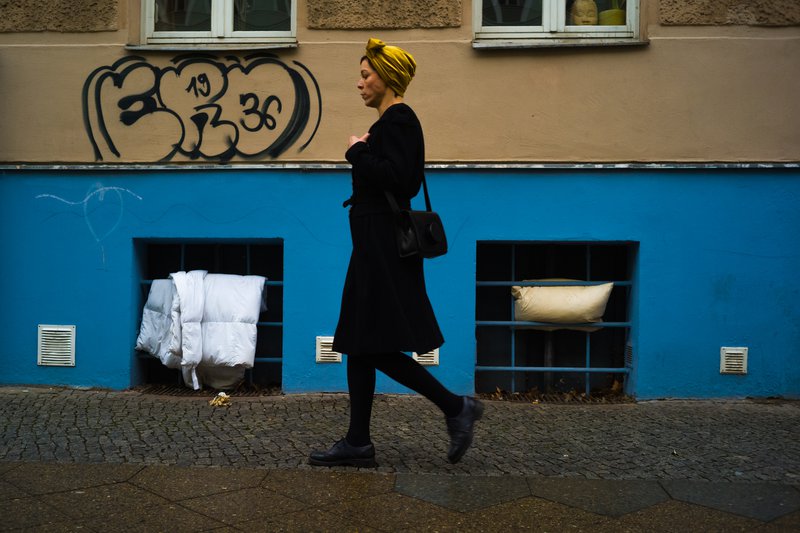Leica M10-D first impressions: a delicate beast
The Leica M10-D is a limited camera, in every possible sense. It’s limited because it is a camera with a steep price, but it’s also limited in features. You could call that a paradox, but not in the world of Leica. It’s a digital camera stripped to its bare-bones, even without a LCD, and is therefore positioned as a digital camera with an analog soul.
Mind you, this is not a comparative review. I didn’t previously own a digital M. This is just a first impression by someone who previously shot almost exclusively with an analog Leica M4-2 and M4-P, and occasionally digital with a Leica X2.
Only a few weeks ago I wrote a blogpost about why I think streetphotography is so much better with an analog camera. The full post can be read here but in short it came down to two things: shooting film automatically limits the number of shots you do, and that by itself increases your focus on composition and carefully chosing the decisive moment. Second, a lcd-screen is distracting and takes you out of the moment.
So now what if there would be an digital camera on the market without LCD? Well that’s what this camera is: it does not have a LCD. And I realise how crazy that sounds, but what a revelation it is. It forces you to use the camera just like you would with an analog one. There is no way to see your image back, so you stay completely in the moment. And although you can also shoot continuously with it, I notice that the whole experience is so analog that it doesn’t come to mind to do that.

Now there is a way to cheat if you want: the camera connects wirelessly to the Leica-app on your smartphone where you can see the contents of your card. Or you can use an EVF, the Visoflex, which you can program to display an exposure for a second or longer just after it was shot. The wiresless-connection is a bit cumbersome as it takes quite a few seconds for your camera to boot into wifi-mode. But once it’s up it runs smoothly. The Visoflex I haven’t tested yet but it might be a perfect solution for the occasions where you would want more visual feedback on your exposures.
The camera also has an advance-lever. And initially I found that quite gimmicky. Until it proved its use a an extra grip for my thumb, something I did accidentally but it turns out this was meant by design. The lever apparently also doubles as a selector when you use the Visoflex, but I haven’t tested that.
I realise this camera is a niche, a rarity or maybe even a quirky reality. But for me it’s a very welcome rarity. For me it feels like walking around with an analog camera, except I don’t have to wait for development and don’t have to go through a sometimes tedious scanning process. Will it replace my analog cameras? No. But I might alternate between analog and digital quite a bit more often now, because switching gear no longer means switching my shooting experience.
